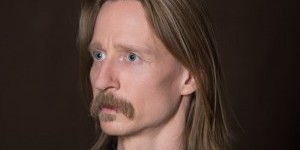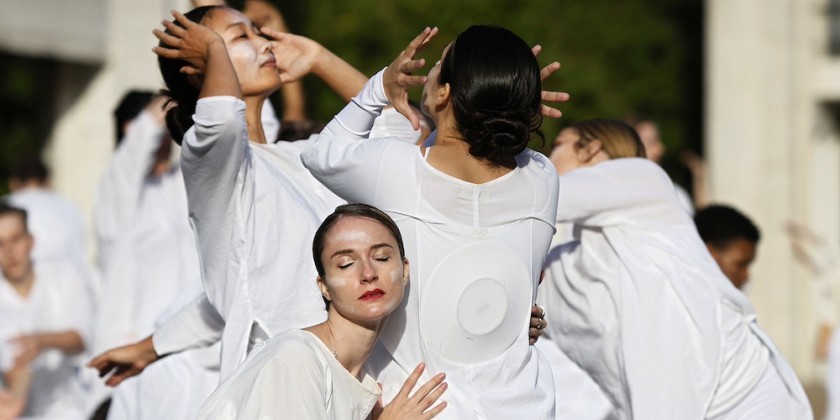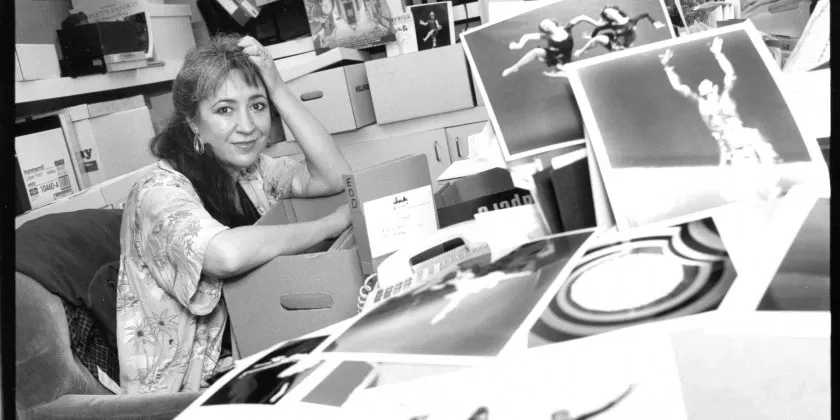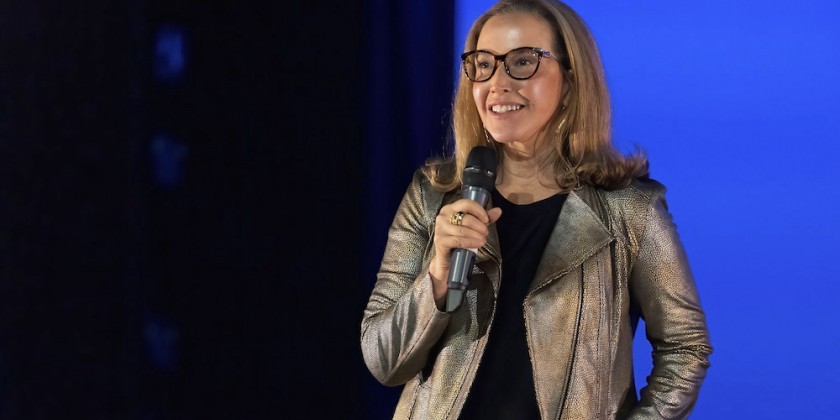BAREFOOTNOTES: Covid and the Arts- David Gray, former Executive Director of the Pennsylvania Ballet and American Repertory Ballet, Speaks For Artists
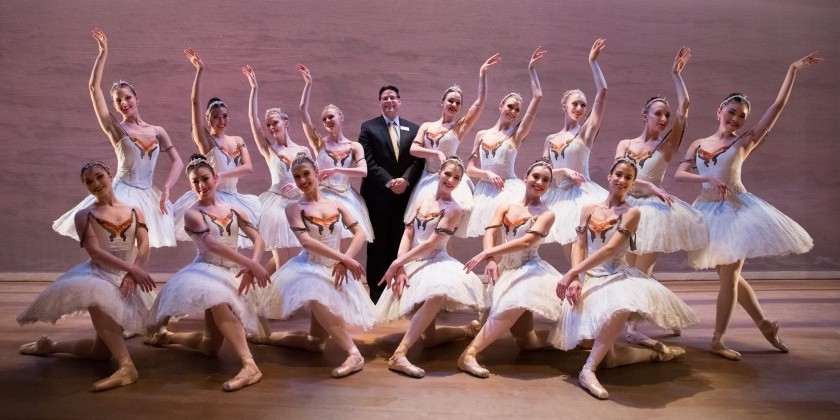
There isn’t a performing arts organization in the world that can afford to ignore the health of its audience. But while articles are being written about how social distancing might work in theaters for the folks who buy tickets, I have seen precious little about protecting the artists and others who work backstage. In most existing theaters the idea of social distancing backstage is a joke at best and a disaster at worst. Yet no one seems to be discussing this topic.
The best analogy I can provide is the changes we’ve seen in travel since 9/11. Once it was clear that security screenings were here to stay, new airports were designed with that reality in mind. There is no finer example than the airport in Indianapolis where space for screening was designed into the original plan and has contributed to the airport being chosen as one of America’s ten best year after year. Contrast that with Newark Airport where security has been shoe-horned into hallways and gate areas that were not designed for it and aren’t the least bit conducive for it either.
Nearly every performing arts venue of any scale in the world is the equivalent of Newark Airport as relates to the needs for social distancing, especially backstage. There are seldom windows. There is limited ventilation. Dressing rooms, wardrobe, costume shops, wigs, carpentry, and scene painting typically reside underground, with concrete or cinder-block hallways, mostly narrow. Orchestra pits with tight seating and limited access down narrow stairways and practice rooms the size of closets.
Certainly, in the USA, every organization that operates non-profit theaters (and I suspect the for-profit ones are worse) cannot afford the cost of disinfecting spaces regularly, much less daily. Shared dressing rooms, showers, and even costumes put artists and the folks who serve them at risk.
My background is in the ballet world. How are dancers and ballet masters supposed to rehearse safely? I know we like to think that young, otherwise healthy people, are unlikely to die from Covid-19, but that is a far cry from saying they are not at risk for illness.
What about the older dancers passing down this uniquely personal artform? We have already determined that runners and other athletes can spray active virus 15 feet or more when exerting themselves. What of dancers who work up a sweat and breathe heavily as they spin across the floor? In poorly ventilated studios? My N95 mask barely stays on in the supermarket, what if I were doing châiné turns?
One of the greatest creative spaces in the country, the studio at the Koch Theatre at Lincoln Center where George Balanchine and Jerome Robbins created amazing works, has no windows, is reached by narrow hallways and staircases and shockingly slow elevators. I’m not trying to beat up on that venue, it is simply representative of so many others.
The Academy of Music in Philadelphia, frequent home of the Pennsylvania Ballet where I served as ED is a beautiful venue to be sure, but not at all conducive to protecting the safety of artists during an epidemic of airborne virus.
Debate all you want about how many people you can sell tickets to. Every fourth seat? Every other row? But where is the discussion about how to protect the artists?
I am retired from the performing arts world so maybe I’m out of the loop. Is there someone working on these issues for artists? For musicians? For dancers? Is Dance /USA doing research with epidemiologists on how to safely return to the studio? Is the American Guild of Musical Artists issuing guidelines? College programs? Anyone?
I know we are all yearning to get back to some semblance of normal. In the meantime, it would be nice to consider the health and safety of the artists.
David Gray began working in dance in 1989 when he joined the Press Office of New York City Ballet and became Press Director. He later served as Executive Director of the Pennsylvania Ballet and American Repertory Ballet. He now writes full time and lives in Bloomington, Indiana, with his wife, former NYCB Principal Dancer, Kyra Nichols.






